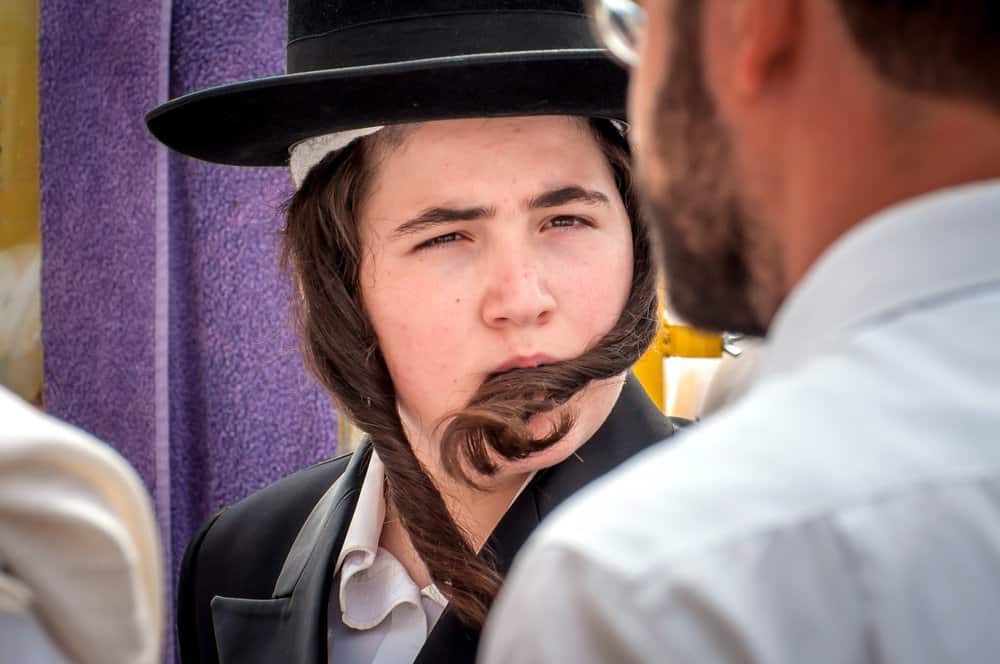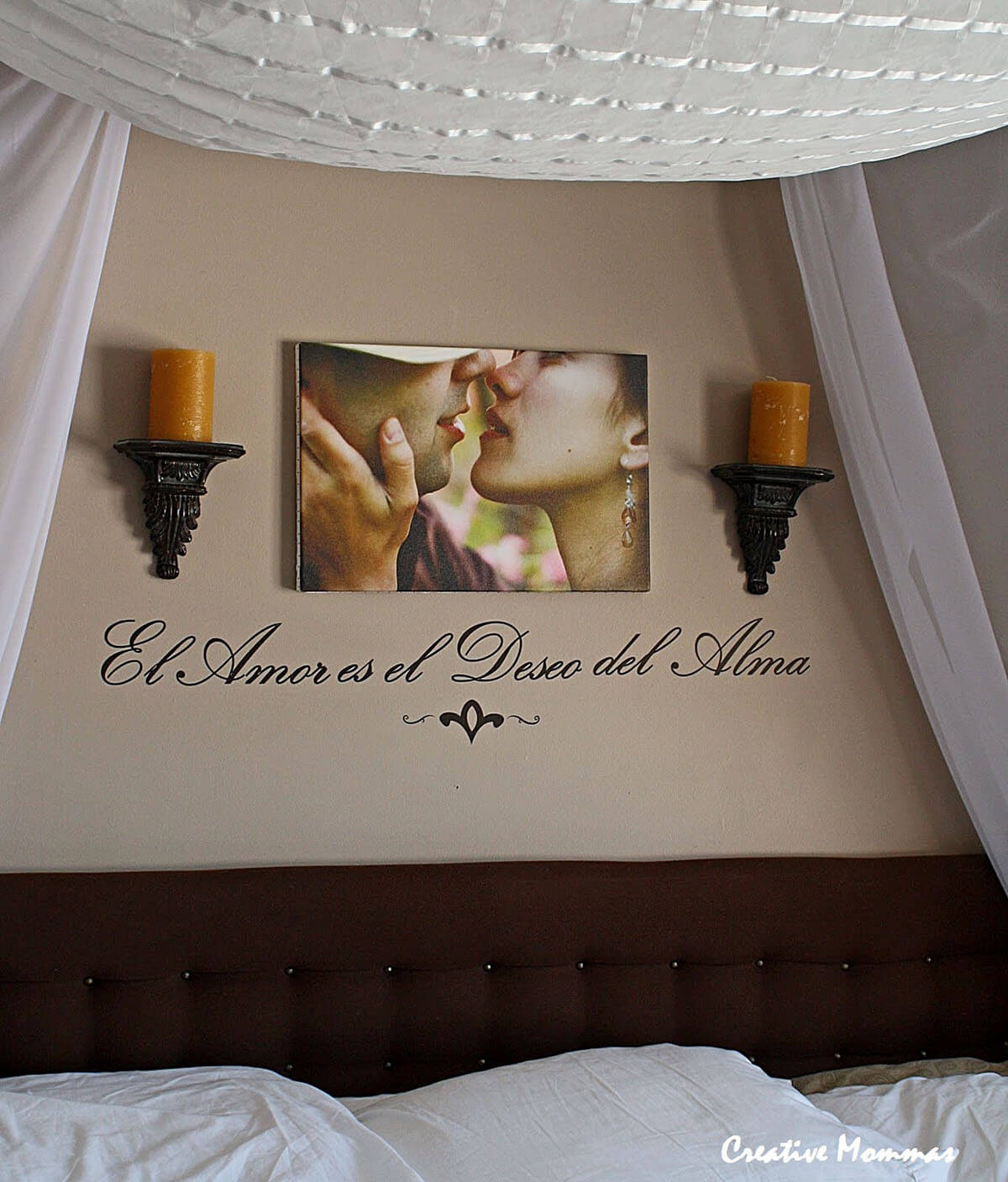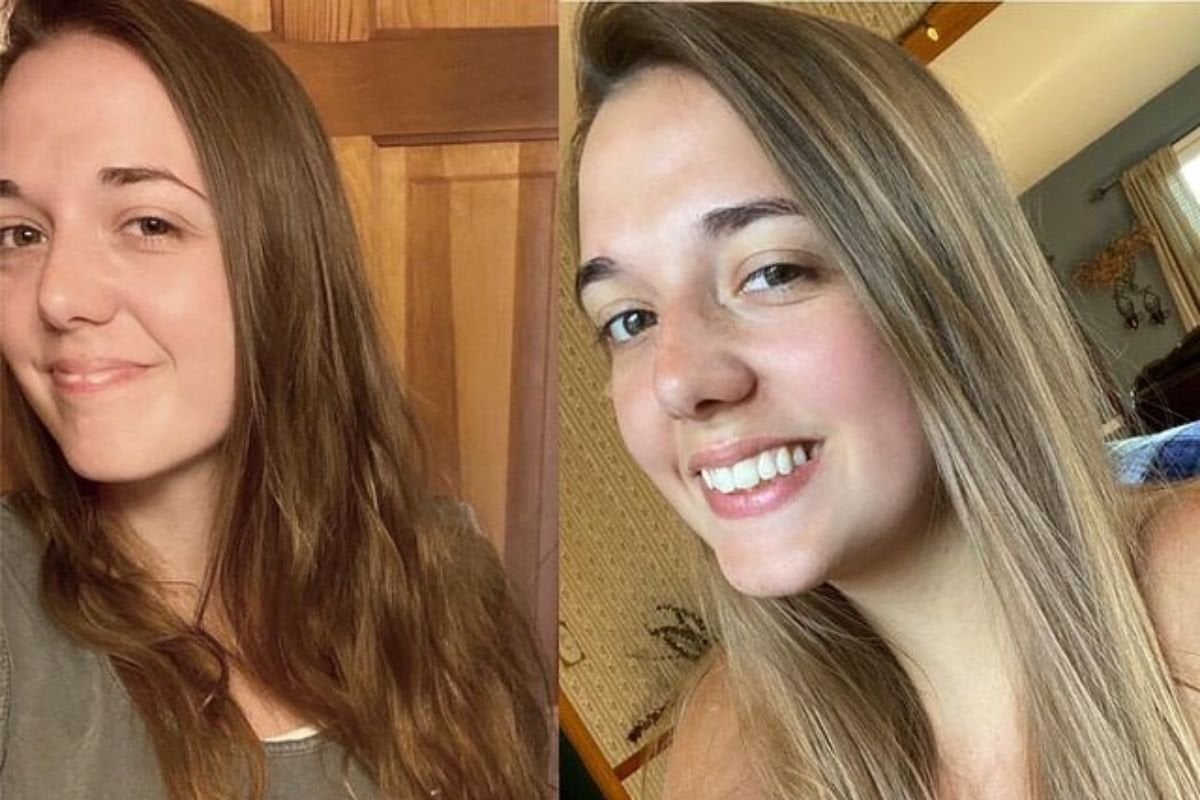Table Of Content

Enhance and moisture your waves with this buttery cream made with vitamin E. This one is ideal to control your frizz hair texture and soften your curls thanks to the addition of cupuacu butter that improves elasticity and durability over time. But this isn’t about me judging anyone else’s hair, or that I don’t like curly hair. It’s really more about my own sanity, time management, and yes, a smidge of vanity. I am a busy mom with thick, crazy hair and sometimes — just sometimes — I want to feel put together. I think there are definitely issues related to how some Jewish women feel about their hair.
NaturallyCurly:

Fortunately, formal recognition of hair discrimination as a civil rights issue seemed to be swift; after my office published its policy in February 2019, two dozen cities and states passed laws doing the same. In 2020, the House of Representatives passed a federal ban on hair discrimination and it was introduced in the Senate. Now, this last point might seem counterproductive if you clicked on that first link, where you’ll see that, according to the Sefer HaChinuch, the purpose of payes is to distinguish us from our neighbors.

Payos sidecurl styles
In other instances, my Jewfro became a source of actual physical agony. After it happened and my initial mortification subsided, I tried to laugh the whole thing off, thinking that the more important thing was to just have fun. But I couldn’t shake off how much her grabbing my hair hurt, how painful it was to have something so integral to my identity be violated for the sake of spectacle. Moments like those deepened my embarrassment for having a Jewfro. After ninth grade, I kept my hair mostly on the short side and made sure to get a haircut at the beginning of every month. Before embarking on a six-week summer program in Israel in 2013, I asked my parents to give me a buzzcut, since it was a trendy look among my friends at the time.
Embrace the curl: My journey with the Jewfro
Co-founder of Curl Centric® and Natural Hair Box, Kenneth has dedicated himself to promoting ethical and scientifically-backed hair care practices. Rigorous editorial guidelines, industry recognitions, and features in numerous media outlets evidence his expertise. Kenneth’s commitment to transparency, quality, and empowerment has positioned him as a trusted voice in the field, empowering readers to confidently embrace their natural beauty. How closely Jewish men stick to the rules largely depends on their interpretation of the passages.
Why Do Ultra-Orthodox Men Have Side Curls?
To see what Shannon is cooking and eating, follow her on Twitter and Instagram. Like afro hair (which Jewish hair is often equated with), Jewish hair does not conform to Western beauty standards (straight, smooth, shiny), which can, understandably, be hard if it's what you were blessed with. Judaism is actually an ethnoreligion – meaning we’re a people, a tribe, as well as a faith system. So although Jews are a hugely diverse group – both in terms of appearance and customs – there are some physical characteristics (such as the infamous ‘Jewish nose’) which some of us share. It seems outrageous that in this day and age the idea of “Jewish looks” continues to exist — despite overwhelming Jewish diversity — and be demonized.
But Hasidim aren’t the only ones who wear payes – all Orthodox Jewish men do, just not as visibly. While some interpret the rule in a way that encourages them to grow their payes long, others see it merely as prohibiting altogether removing the hair that grows there. So, while a Jewish man would not be able to shave his head or to get a mohawk without violating this prohibition, most secular haircuts would not pose any sort of problem. In other words, modern Orthodox men also have payes, they’re just generally indistinguishable from their neighbors’ haircuts.
To comply with this rule, some Jewish men allow the hair along the sides of their heads, called sidelocks, to grow out. If one or both parents has curly hair, then there is a strong likelihood that the child will have curly hair. However, not all Jewish people have curly hair because curly hair depends on the shape and orientation of hair follicles and how hair proteins reproduce. The Orthodox branch of Judaism is the most likely to wear the religious haircut known as Payot.
Max Greenfield and Ben Feldman Once Starred in a Trippy Passover Movie Called ‘When Do We Eat?’
The trick for great curls is to seal your cuticles and add moisture. This gel will do just that while creating a barrier against humidity thanks to its anti-frizz nanotechnology. For the best results, you'll want to make sure the product is evenly distributed throughout your hair. Mouneu recommends this defining cream from Amika for wavy to curly hair. If your waves have become unmanageable, this product will provide frizz control and add more bounce to your waves.
This Barbie Is an Assimilated Jew - Alma
This Barbie Is an Assimilated Jew.
Posted: Tue, 01 Aug 2023 07:00:00 GMT [source]
The Role of Curly Hair in Jewish Culture
5 Ways to Manage Your Jewish Curls This Summer – Kveller - Kveller.com
5 Ways to Manage Your Jewish Curls This Summer – Kveller.
Posted: Thu, 19 Jul 2018 07:00:00 GMT [source]
In other words, according to courts, a Black person is protected against discrimination based on the color of their skin, but not based on the hair that grows out of their head. Jewish men have side curls because of a religious law outlined in ancient Jewish texts. These texts state that orthodox men may not trim their beards or the corners of their heads. Rabbinic scholars interpret the corners of the head to be where sideburns naturally grow on most men.
The lightweight yet silky texture will untangle the toughest of coils, plus the mix of baobab oil and Cupuacu butter will moisturize your curlies while keeping the frizz at bay. If you have dry and damaged curly hair, is time to hydrate your strands with this conditioner. This product has exotic ingredients like argan oil, Babassu seed oil sourced from Brazil and mango butter sourced from India. Today is Rosh Hashannah and it got me thinking how soooooo many of the folks I went to Hebrew school with had frizzy and/or curly hair (the frizzies, like myself, were the ones who brushed out the curls/waves).
Trips to the barbershop made for both an exciting and anxiety-inducing experience. On rare occasions, they were humiliating, like when my mother coerced me into getting a haircut one day after school in sixth grade when she saw it was getting too big. As I sat weeping in that chair in the Yellow Balloon Barbershop while my barber ran her coarse fingers through my hair, all I could think about was how I was missing out on playing Guitar Hero and eating popcorn with the boys who were in my carpool. Jewish or not, big, kinky and dark hair is something that has always been seen as an aesthetic accessory needing to be tamed in order to heed the societal standard of short, straight and light hair. In the more specific context of the Jewfro, the unkemptness of curly Jewish hair on men can often be seen as unattractive, asexual, awkward and out-of-fashion. “I have to tell my curly-haired friends that this is a safe place to work,” one colleague observed after attending a staff event at Hartman filled with women who had not flat ironed their hair into submission.
Based on the suggestion of a barber I met in New York this summer, I bought American Crew forming cream to help volumize and brighten my curls, and since that purchase, my insecurity over my curls has lessened dramatically. A friend recently told me, after seeing a picture of me on my Instagram story, that my hair looks better when it’s longer. I mentioned that I was thinking about cutting it soon, which was followed by a message of three eye-rolling emojis.
The reasons behind their choices range from religious tradition to simple aesthetics. Payots arose from scholastic interpretations of religious laws from the Torah. Since the Torah is subject to rabbinical interpretation, Payots get worn in several ways, including not at all. Jerome was well loved in a happy family atmosphere, and as the youngest was given the nickname "Babe" by his brothers. Even as early as four years old, Curly Howard was acting in comedy skits with his brothers for neighborhood children.












